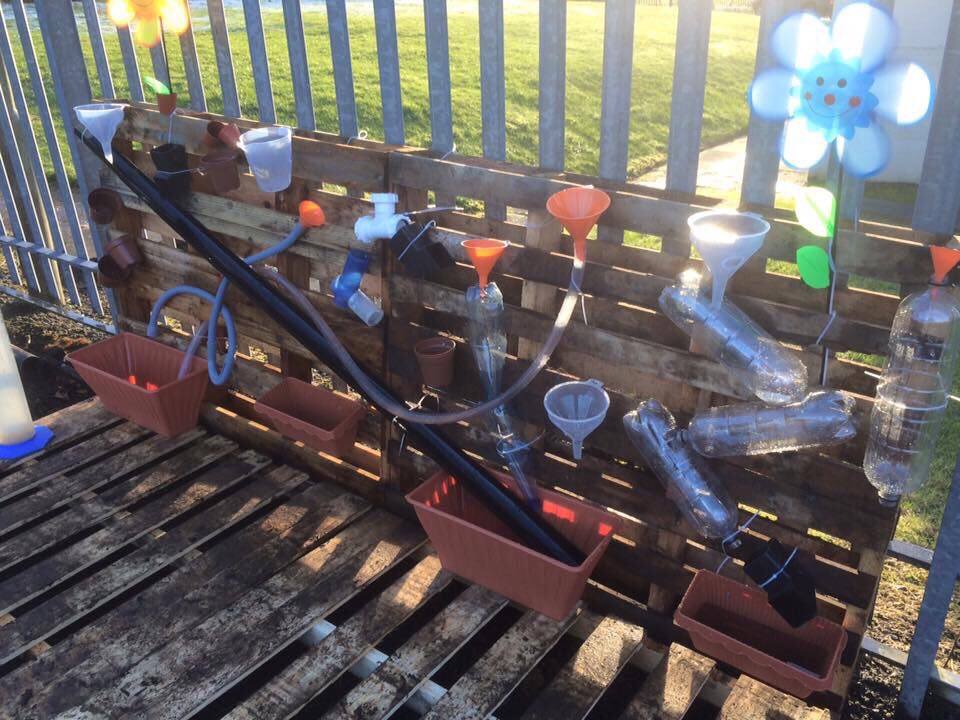Great tips on creating a stimulating outdoor learning environment
The outdoor learning environment enables children to learn about the world around them whilst having access to natural resources and fresh air. Being outside has a positive impact on children’s well-being and development. It gives children the opportunity and space to explore, investigate and build knowledge. It is important that outdoor environment reflects the learning and resources offered inside the setting to promote continuous provision.
Natural resources
Even the smallest outdoor area can support a child’s learning opportunities with plenty of free, natural resources on offer. Investigating natural habitats enable children to find small creatures and learn about living things in the environment. Digging in areas filled with leaves, twigs and mud supports children’s physical coordination alongside developing their natural curiosity. These resources can be explored in many ways such as observation, mark making opportunities to make rubbings or using them to create something new. Planting and growing is a great way to extend children’s learning about the world, offering opportunities to plant, water and grow a range of flowers or vegetables in a garden.
Building dens
Having a stimulating outdoor learning environment allows children to access activities on a large scale, such as building dens or constructing an obstacle course. Physical skills can be supported and developed through using their bodies to move around the outdoor environment; whilst enhancing their imaginative skills. Offering a range of open ended resources can support children in creating areas in the outdoor learning environment of which they can access these at their own leisure.
Sand and Water
Sand and water can be offered outside, giving children the opportunity to mix the resources together. The outside area is much easier to clean than inside, allowing the children to get messy and try out different ways of combining and handling the materials. Buckets and containers are a great way for children to transport the sand or water to other areas of the environment, using them in an alternative way. Mud kitchens are another great way to create a stimulating outdoor learning environment using messy play. Children are able to access and experiment with messy materials, using real life kitchen tools to recreate events and experiences.
Mark making
Writing and mark making materials are a great resource that can be easily added to an outdoor environment. Paper, clipboards, pens and pencils enable children to draw pictures or make labels whilst outside. The natural environment is a great stimulation for young, imaginative minds. Children are able to express themselves creatively when outside and can use mark making tools to extend their experience. Painting on walls and floors using water and paintbrushes also enables the children to make marks whilst practising fine motor skills. As the water dries, the marks will disappear giving children a reusable canvas to express themselves over and over again.

